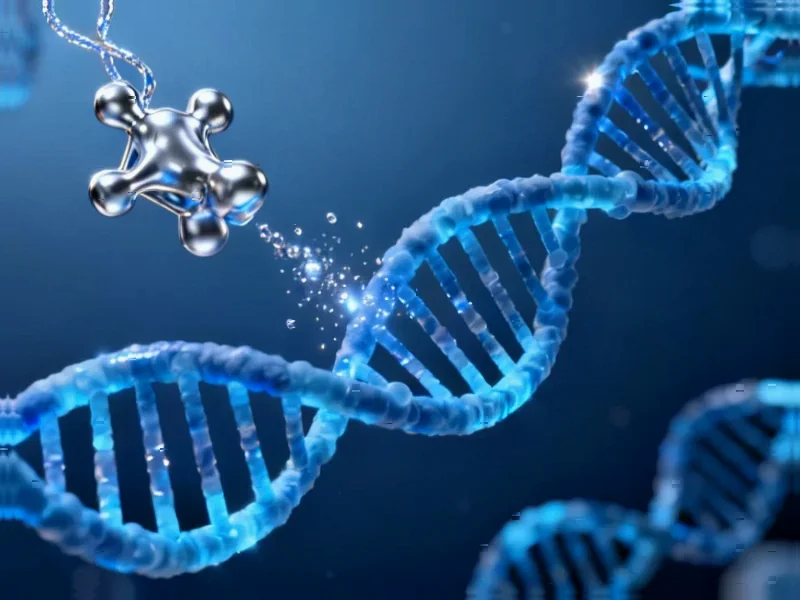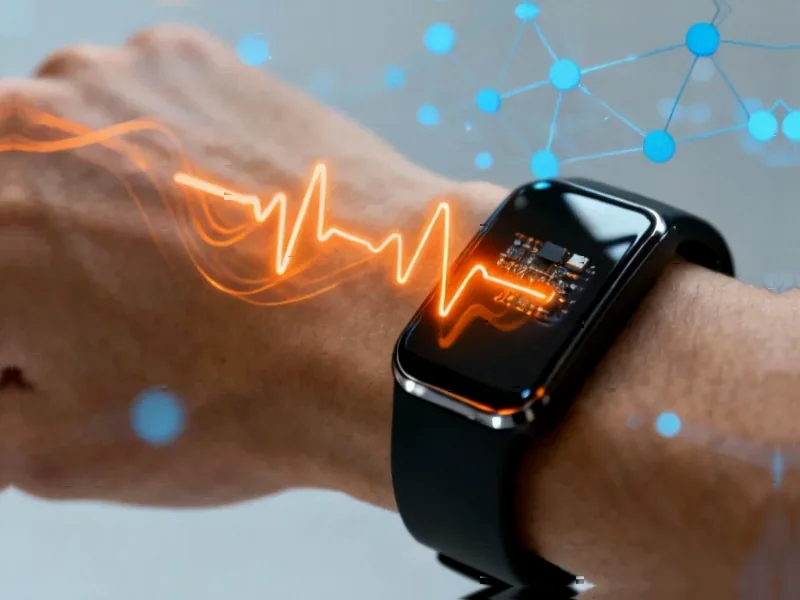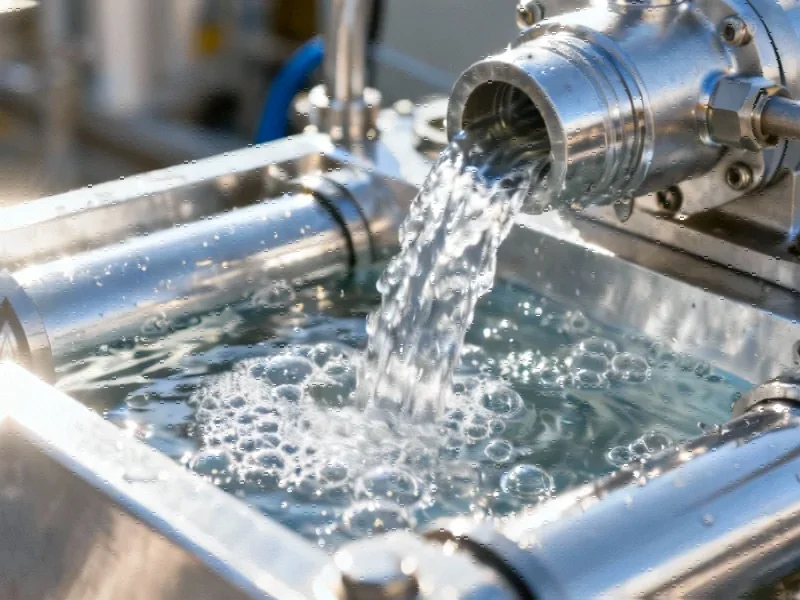Innovative Biochar Solution for Water Contamination
Researchers have developed a sustainable and cost-effective method for removing hazardous heavy metals from water systems using modified biochar technology, according to recent scientific reports. The phosphorous-modified cocopeat biochar (PMCB) demonstrates remarkable efficiency in extracting copper and nickel ions from both laboratory and real-world aqueous environments, potentially offering industries an economical solution for wastewater treatment.
Table of Contents
Systematic Optimization for Maximum Efficiency
Sources indicate the research team employed a hierarchical optimization approach to enhance the biochar’s metal removal capabilities. The multi-level process began with optimizing phosphoric acid concentration and pyrolysis temperature to improve the fundamental properties of the biochar material. Analysts suggest this structured methodology represents a significant advancement in adsorbent development, addressing previous research limitations while enhancing practical applicability.
The optimization process reportedly utilized Response Surface Methodology (RSM) with a Central Composite Design approach to statistically refine operational conditions. “The models demonstrated high predictive reliability with R² values exceeding 0.96 for both metals,” the report states, indicating strong correlation between predicted and experimental results.
Optimal Conditions and Performance Metrics
According to the analysis, the optimal parameters for maximum adsorption efficiency were determined to be 350 mg/L initial concentration, 0.6 g/L PMCB dosage, and 1.5 hours contact time. Under these conditions, the biochar achieved adsorption capacities of approximately 565 mg/g for copper and 552 mg/g for nickel ions, representing what sources describe as significant improvement over previously reported values in scientific literature.
The research emphasized minimizing both contact time and adsorbent dosage while maximizing adsorption capacity, with importance levels assigned to each factor to balance efficiency with economic feasibility. The minor deviation of only 1.05% between predicted and experimental values underscores the model’s accuracy, according to researchers.
pH and Temperature Dependence
The investigation into environmental factors revealed that pH significantly influences adsorption efficiency, with optimal performance occurring at pH 6 for both metals. Reports indicate that at this pH level, the biochar surface becomes negatively charged, enhancing electrostatic attraction to positively charged metal ions. The point of zero charge was identified at pH 3.32, confirming the surface charge characteristics that facilitate metal ion binding.
Temperature studies showed maximum adsorption occurring around 303 K (30°C), with capacity gradually declining at higher temperatures. Thermodynamic analysis revealed negative ΔH and ΔG values, suggesting the process is exothermic and spontaneous, requiring no external energy input. This finding has important implications for industrial applications where energy consumption is a critical consideration.
Adsorption Mechanisms and Kinetics
Kinetic studies reportedly identified chemisorption as the rate-limiting step, involving electron exchange between metal ions and the biochar surface. The pseudo-second-order model provided the best fit to experimental data, with R² values between 0.98 and 0.99. Analysis of variance (ANOVA) confirmed the statistical significance of the quadratic model with p-values less than 0.0001.
Isotherm studies indicated that the Langmuir model best described the adsorption process, suggesting monolayer coverage on a homogeneous surface. The high adsorption capacities and favorable isotherm parameters demonstrate what analysts suggest is strong affinity between the biochar and metal ions. The Dubinin-Radushkevich isotherm analysis indicated different mechanisms for each metal: physical adsorption for nickel and ion exchange for copper.
Environmental and Economic Implications
The development of this low-cost adsorbent from cocopeat, an agricultural waste product, represents what sources describe as a sustainable approach to water purification. The material’s regeneration capability and stability across multiple cycles potentially reduce secondary pollution and operational costs, addressing key challenges in current water treatment technologies.
Researchers emphasize that the combination of high efficiency, cost-effectiveness, and environmental sustainability positions PMCB as a promising solution for industrial wastewater treatment, particularly in regions facing heavy metal contamination challenges. The systematic optimization approach and comprehensive characterization provide a framework for future development of similar adsorbent materials.
Related Articles You May Find Interesting
- Green Coconut Fiber Shows Promise in Removing Arsenic from Landfill Contaminants
- Microsoft’s Profit Margin Demands Drive Xbox Strategy Shifts, Report Claims
- OpenAI’s ChatGPT Atlas Browser Gets Major Upgrade Roadmap Just Days After Launch
- YouTube Deploys AI-Powered Identity Shield to Combat Deepfake Proliferation on P
- AI Infrastructure Boom Fuels $1.4 Billion Crusoe Capital Raise Amid Surging Data
References
- http://en.wikipedia.org/wiki/Correlation
- http://en.wikipedia.org/wiki/Physisorption
- http://en.wikipedia.org/wiki/Chemisorption
- http://en.wikipedia.org/wiki/Dependent_and_independent_variables
- http://en.wikipedia.org/wiki/Analysis_of_variance
This article aggregates information from publicly available sources. All trademarks and copyrights belong to their respective owners.
Note: Featured image is for illustrative purposes only and does not represent any specific product, service, or entity mentioned in this article.



